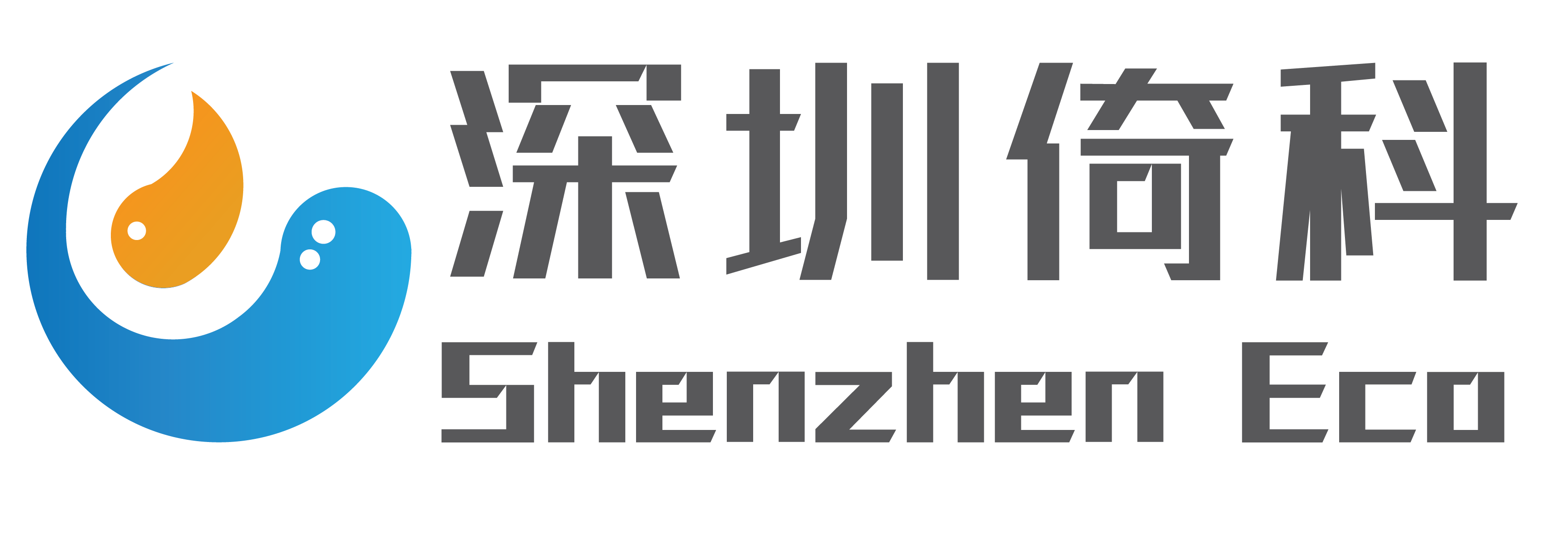hc.com: according to a February 2014 study by American consulting firm frostad, India's fuel additive market sales in 2013 were $46.9 million. In the next few years, it is estimated that the market will maintain a relatively stable growth trend. In 2018, the market will have a sales volume of $62.4 million and a compound annual growth rate of 5.9%. In terms of sales volume, India's fuel additive market capacity will grow from 14,000 tonnes in 2013 to 17,000 tonnes in 2018.
background
< p > according to its function, fuel additives can be divided into the sediment control agent, cetane improver, lubrication degree modifier, blood coagulation agent, corrosion inhibitor, stability improver, antifreeze and octane improver, etc. According to the downstream market, the application scope of fuel additives can be divided into three categories: automobile fuel additives, aviation fuel additives and industrial fuel additives, including automotive fuel additive and can be divided into gasoline additive and diesel additives. Compared with other fuel additives, gasoline additives dominate the Indian market. Gasoline additives account for 65 per cent of sales and 62 per cent for market capacity.market driving force
research indicates that the main drivers of the Indian fuel additive market in 2014-2018 include the following points:
first, increasingly stringent environmental policy will expand demand for fuel additives as fuel additives reduce emissions and make combustion rates more efficient. India has already implemented the third phase of balat emission standards (the equivalent of the European three standard) nationwide. And in mumbai, gajta and chennai, 12 cities have imposed stricter standards for the fourth phase of balat (equivalent to euro iv).
second, the decline in the quality of crude oil makes refiners have to use additives to ensure the performance of finished products. Rising oil prices and instability in the Middle East have forced refiners to use lower-quality oil, so they need to use fuel additives to meet the established standards. In particular, the low temperature fluidity improver is necessary to prevent the waxing of the heavy oil component.
third, since 2008, India's auto industry has grown rapidly, and this growth has also led to the consumption of fuel additives.
market blocking force
although the market forces are very powerful, the resistance of the market is also worth noting. According to frost & Sullivan's research, the main factor that inhibits market development is the rise of alternative fuels.
The Indian market has introduced a variety of alternative fuels to reduce the use of diesel and oil in order to reduce air pollution from conventional fuels. These alternative fuels, including natural gas, liquefied petroleum gas, fuel cells and solar energy, are gradually being used in various fields and replacing conventional fuels. As a result, the use of various fuel additives will gradually decrease.market competition pattern
< p > there are about 20 India fuel additives market competitors, more than seventy percent of market share occupied by the top five manufacturers, this five is also a major global fuel additive manufacturers. They are: yafton, basf, innsparker, doff-kate and dipaka-nitrite. The top five manufacturers account for 77.0% of India's fuel additive sales. Jas houghton has the largest sales in India's market share, accounts for about 28.0%, ranked second and third is basf and doffer - Kate, their sales market share is 22.0% and 22.0% respectively. Innsparker and deepak nitrite occupy the fourth and fifth positions respectively with 10.0% and 4.0% respectively.Indian fuel additive market competition factors include: cost, performance, production process, support services, technology, product reliability, relationship with contractors and customer relationships.
market forecast
for the future trend of Indian fuel additive market, frost & Sullivan has made the following prediction:
< p > the first, as failed to improve the quality of refining India region, at the same time the market consumption crowd is highly sensitive to price, lead to high quality in the retail market to fuel it is hard to change, so the Indian region of fuel additives market is not synchronous with the Indian car market growth. The Indian fuel additive market is expected to reach $62.4 million by 2018, with a compound annual growth rate of 5.9%.second, the future sales of Indian fuel additives will also increase steadily. It is expected to reach 1.73 million tons per year in 2018. Among them, the diesel fuel additive will reach 0.62 million tons per year, with the compound annual growth rate of 3.6%. The gasoline additive will reach 1.11 million tons per year, with the compound annual growth rate of 5.5 percent.
